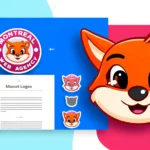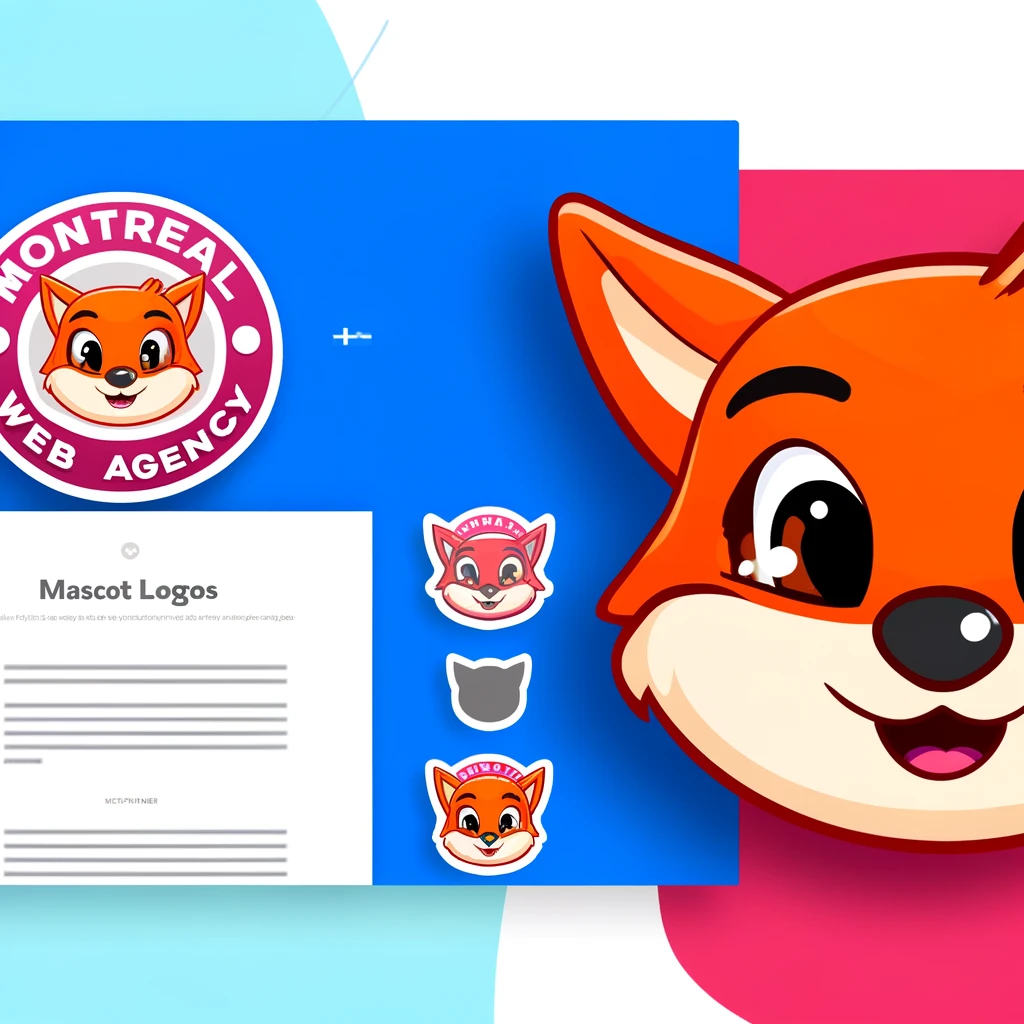
In the dynamic world of branding, mascot logos hold a unique place. They not only represent the brand but also create an emotional connection with the audience. If you’re looking for “mascot logo examples” to inspire your next design, this comprehensive guide will walk you through some of the best examples and what makes them effective.
What is a Mascot Logo?
A mascot logo features a character that represents the brand. This character can be an animal, person, or even an imaginary creature. Mascot logos are designed to be memorable and engaging, making them a popular choice for brands aiming to create a strong identity.
Benefits of Mascot Logos
- Emotional Connection: Mascot logos often evoke emotions, making it easier for customers to relate to the brand.
- Memorability: A well-designed mascot is hard to forget, ensuring that the brand stays in the minds of consumers.
- Versatility: Mascots can be used in various marketing materials, from social media to packaging.
Notable Mascot Logo Examples
- Michelin Man (Bibendum) The Michelin Man, also known as Bibendum, is one of the most iconic mascot logos in the world. Created in 1898, this character has become synonymous with the Michelin brand, representing quality and reliability in the tire industry.
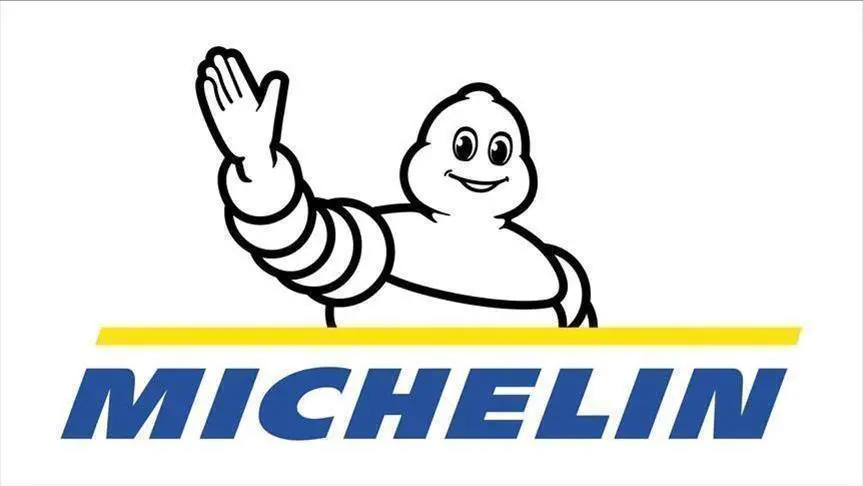
- Tony the Tiger Tony the Tiger has been the face of Kellogg’s Frosted Flakes since 1952. His energetic and athletic persona appeals to both children and adults, making the cereal a popular choice for breakfast.
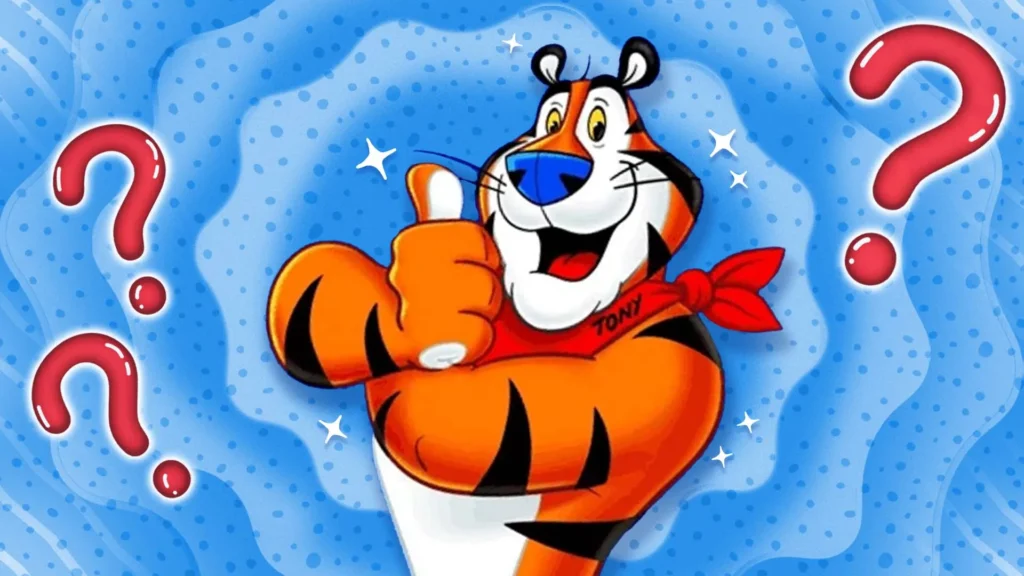
- Geico Gecko The Geico Gecko, introduced in 1999, has helped the insurance company stand out in a crowded market. The charming and witty gecko makes insurance seem approachable and friendly.
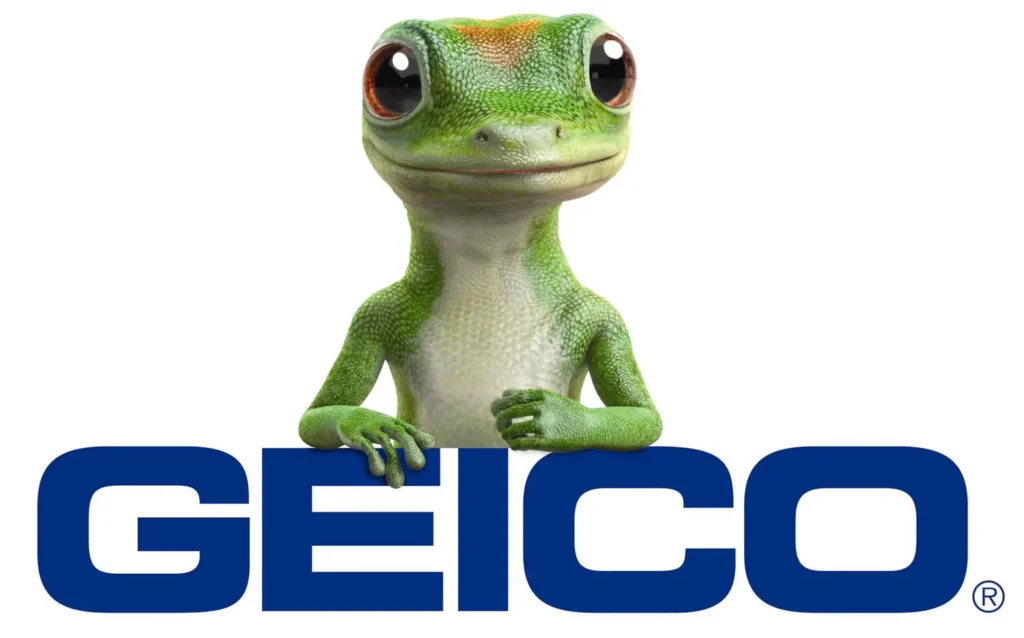
- KFC’s Colonel Sanders Colonel Sanders, the founder of KFC, is both a real person and a brand mascot. His image conveys a sense of tradition and quality, reinforcing the brand’s identity in the fast-food industry.
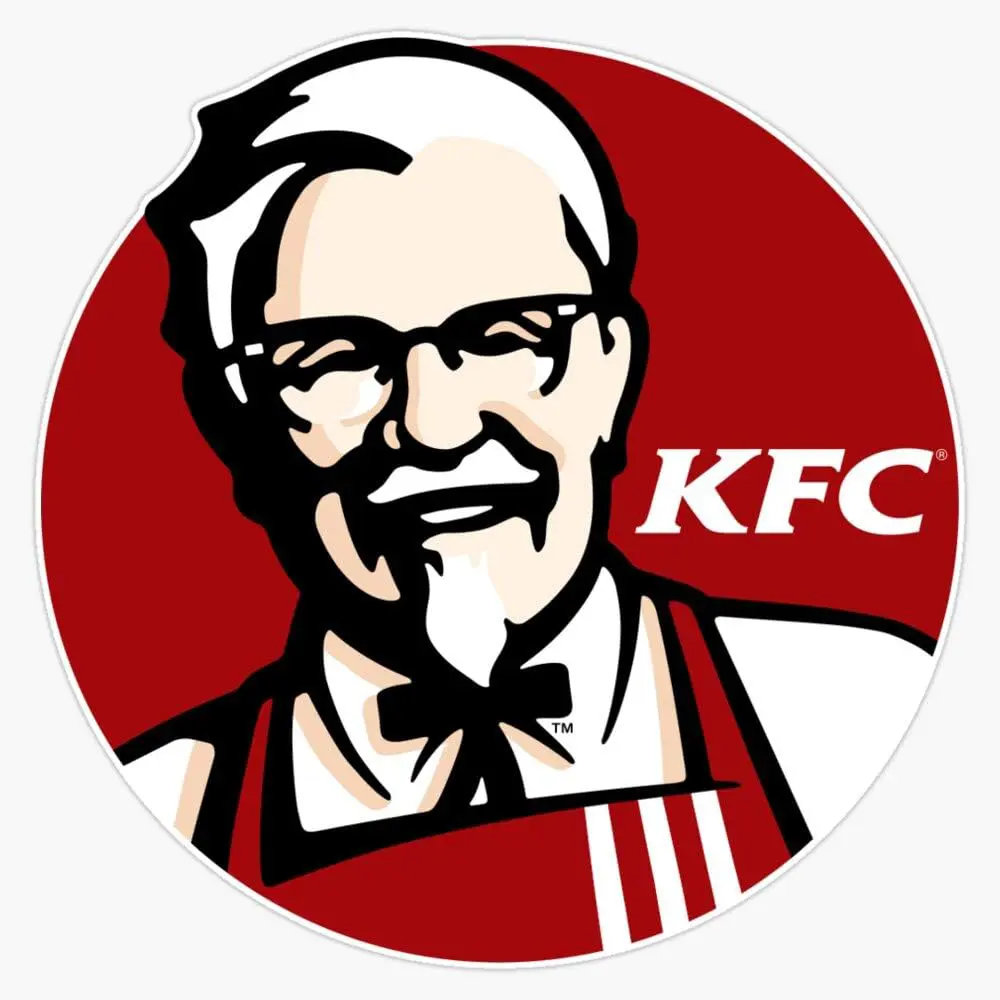
- M&M’s Characters The anthropomorphic M&M’s characters bring fun and personality to the brand. Each color has its own unique character traits, making them relatable and entertaining for all ages.
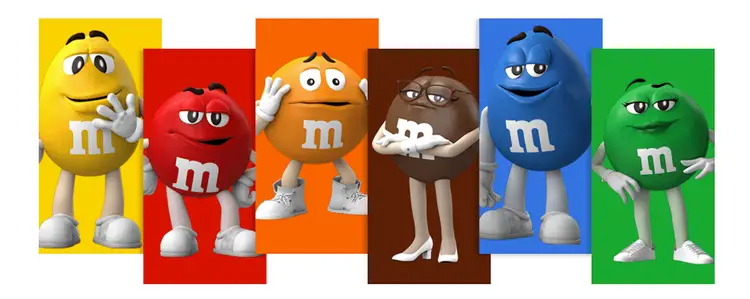
Creating an Effective Mascot Logo
When designing a mascot logo, consider the following tips:
- Understand Your Brand: The mascot should reflect the brand’s values and personality. For instance, a tech company might choose a sleek robot, while a food brand might opt for a friendly chef.
- Simplicity is Key: A simple design is more memorable and versatile. Avoid overcomplicating the character with too many details.
- Consistency: Use the mascot consistently across all marketing channels to build a strong brand identity.
- Engage Your Audience: Create stories and campaigns around your mascot to keep your audience engaged.
Conclusion
Mascot logos are a powerful tool in branding, capable of creating a strong emotional connection and lasting impression. By looking at successful mascot logo examples like the Michelin Man, Tony the Tiger, and the Geico Gecko, you can find inspiration for your own brand. Remember to keep your design simple, consistent, and reflective of your brand’s values to create an effective mascot logo.
Contact Us
- Phone: +1 263 778 7372
- Email: [email protected]
- Address: 5653 Boulevard Henri Bourassa
- Whatsapp: Click to write via Whatsapp !


